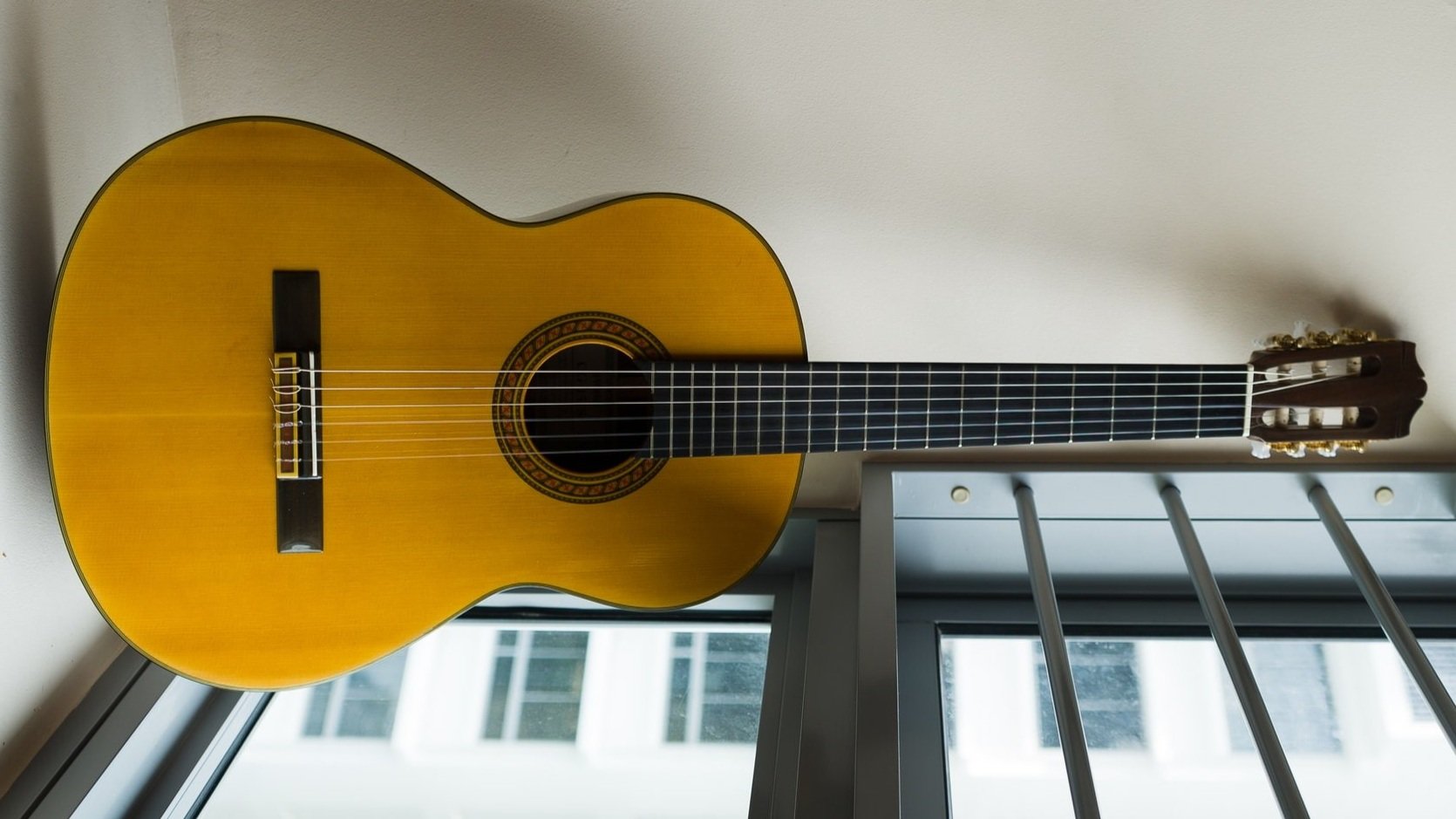Choosing a Guitar, Steel or Nylon String?
Many of the exercises found in this course are based on exercises from the Classical guitar repertoire, and a Nylon String guitar is highly recommended for beginning Fingerstyle students for several reasons. This being said, all of the exercises in this book can be played on a steel string acoustic guitar without any issues.
Nylon String or “Classical” Guitars will typically have a smaller body size, and a wider neck, which means there is more space between the strings for your fingers to move. This is extremely helpful for both the right and left hand to have enough space to learn how to move between strings. Classical guitars are also easier on the right hand fingers due to the softer strings, and may be easier to play while you are building your strength in the right hand.
Nylon String (Classical) Guitars
Steel String Acoustic Guitars will typically have a larger body size compared to Classical guitars, as well as a slimmer neck profile, which means there is typically less space between the strings. Also, the strings will be made out of bronze or another type of metal material (actual steel is rarely used today despite the name) which can be harder on the left and right hand fingers at first, especially when developing the right hand. The benefit to steel strings is largely in the projection of sound, as well as the tonal difference created by the different string material.
Steel-String Acoustic Guitar




